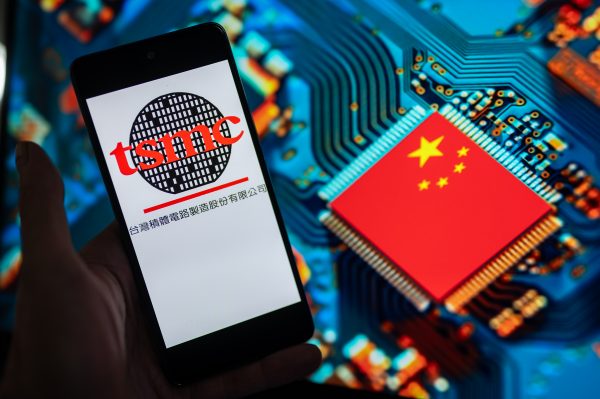While decoupling reduces some risks, it also generates new ones. Overseas restrictions incentivise Chinese firms to cooperate with Beijing’s techno-nationalist projects. The same restrictions mean that foreign firms face fewer opportunities to profit and collaborate in China. It is also unclear how far US allies will accompany Washington as it travels down the decoupling road.
The United States and its partners need to carefully limit decoupling, while investing more in resilience — the ability to bounce back in the face of adverse actions or events, whether those emanate from China or elsewhere. The most recent G7 meeting marked a welcome step in this direction, as it called for ‘enhancing global economic resilience’, particularly in regard to supply chains and critical infrastructure.
But actions speak louder than words, and to date the actions to bolster resilience have been grossly inadequate.
Resilience can take a range of forms. One consists of the ability to absorb adverse events without suffering damage. As China makes efforts to acquire advanced technology and other kinds of sensitive information through illicit means, for example, other countries must become more capable of repelling these efforts. This threat will only worsen as new technologies, including AI and quantum computing, make it easier for Chinese intelligence to capture and make use of foreign data in the future.
Yet the United States and Australia, among others, continue to lack comprehensive privacy protections, making it easier for foreign governments to access information about individuals working in sensitive areas and target their espionage operations accordingly. Multilateral cooperation on cybersecurity falls well short of what is needed. The world also faces a massive shortage of cybersecurity expertise: the world had 4.7 million cybersecurity professionals worldwide in 2022, but it needed 3.4 million more.
Another form of resilience involves adapting to shocks to reduce their impact. China’s emergence as an increasingly important player in high-tech supply chains could well increase its leverage over other countries, while also giving it greater ability to shape how new technologies work. In response, the world’s advanced democracies are renewing their own capacities for high-tech leadership and investing in a range of new industrial policies.
But industrial policy is no silver bullet, and it can easily go wrong. A key question is whether the governments involved have developed the capacity to make such policies work. In this context, it is worrisome that the US government has yet to develop systematic mechanisms to assess the country’s capabilities and opportunities in technology and to evaluate the supply chains needed to produce critical products.
National industrial policies also need to be combined with more fundamental transformations, and in particular, closer cooperation among like-minded countries. While some efforts in this regard are underway, a great deal remains to be done.
The development of Open RAN telecom networks offers one example. Simply put, Open RAN disaggregates the various components of radio-access networks, creating what could be more flexible and less expensive systems. Such disaggregation may also generate new alternatives to Huawei and other Chinese suppliers of advanced telecom equipment. This potential has already prompted support from the United States, the United Kingdom, and Japan.
Yet the future of Open RAN remains unclear. It is hardly free of Chinese technology. The O-RAN Alliance, the multinational body developing technical standards for Open RAN, includes dozens of Chinese companies (including some targeted by US trade restrictions). In the future, state-supported Chinese firms could become leading Open RAN suppliers. While the United States and various partners have pledged to work together on Open RAN, it remains uncertain how much cooperation will develop. In the meantime, the US$1.5 billion that Washington has pledged to promote Open RAN has been called ‘a drop in the ocean’.
Responding to China’s rise requires much more than decoupling in sensitive high-tech areas. It also requires the United States and its partners to develop much greater resilience, both individually and collectively. While some initial steps have been taken in this direction, don’t be fooled — the real work to make resilience a reality is yet to be done.
Andrew B Kennedy is Associate Professor in Policy and Governance in the Crawford School of Public Policy at The Australian National University. This article draws on his latest publication, The Resilience Requirement: Responding to China’s Rise as a Technology Power.

